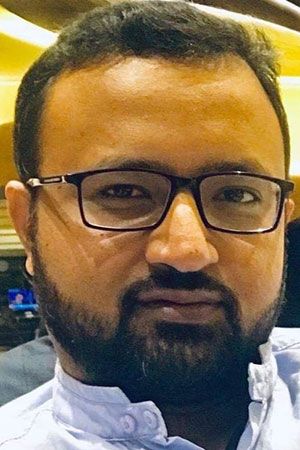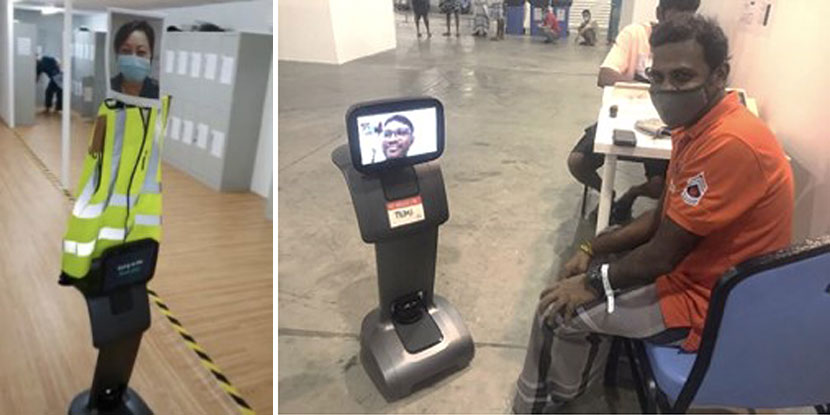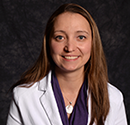A group of Bangladeshi ophthalmologists has launched the nation’s first group specifically for YOs: the Bangladesh Young Ophthalmologists Society (BYOS).
There are five founding members in BYOS and the group is growing, according to the group’s website http://www.byos-bd.org/. On Oct. 25, a YO Activities Around the Globe webinar organized by BYOS brought together leaders from the new organization and other international YOs to share success stories and resources for a group of 32 international YOs.
“[We] felt the need to fill the void present in our country for a society catering solely to the need of young ophthalmologists,” said Ashraful Huq, MBBS, president of the newly formed society and a phaco, cornea and refractive surgeon at Bangladesh Eye Hospital and Institute.
 Dr. Huq said the group’s goals include bringing Bangladeshi YOs under one organization to showcase their efforts and activities and collaborate with other national societies to share resources, knowledge, research work and skills. Although their activities have only been online since the Sept. 17 launch, they want to start collaborating in person after the COVID-19 pandemic is over, Dr. Huq said, adding, “We hope to start the real work after the pandemic.”
Dr. Huq said the group’s goals include bringing Bangladeshi YOs under one organization to showcase their efforts and activities and collaborate with other national societies to share resources, knowledge, research work and skills. Although their activities have only been online since the Sept. 17 launch, they want to start collaborating in person after the COVID-19 pandemic is over, Dr. Huq said, adding, “We hope to start the real work after the pandemic.”
The group is already discussing opportunities for collaboration with the American Academy of Ophthalmology’s YO Committee.
Oldest YO Society to Celebrate 40 Years
During the webinar, Dr. Danson V. Muttuvelu, past chair of the YO society in Denmark — the Foreningen af Yngre Oftamologer (FAYO) — extended an invitation to international YOs to their annual meeting to celebrate the organization’s 40th birthday. More than 90% of the nation’s ophthalmologists, as well as international physicians, attend the group’s annual meeting, usually held in Denmark during the first week in October.
The Danish group is the oldest YO organization, according to a newsletter that details its founding in 1981.
Singapore Uses Robots on COVID-19 Front
Meanwhile in Singapore, physicians report that they are using robots to evaluate patients who are social distancing because of COVID-19, according Daniel Ting, MD, PhD, a consultant in surgical retina at the Singapore National Eye Center and head of artificial intelligence and digital innovation at Singapore Eye Research Institute.
Singapore experienced a surge in the COVID-19 cases earlier this year among the migrant workers who stay in the dormitories. These migrant workers were placed in community isolation facilities, and each facility can host up to 1,000 patients. They're monitored by 15 doctors during the day shift and six doctors during the night shift. But many of them are illiterate and do not speak English.

Left: TEMI, a robot, is being used in Singapore to evaluate patients who have to social distance because of COVID-19. Right: A social worker uses a robot to assess the mental well-being of a migrant worker remotely.
To help in communications, physicians have deployed a robot they call "TEMI" to perform virtual consultations, including counseling for patients with psychosocial well-being issues, pharmacy counseling for medications and medical consultations for patients with medical issues. In addition, they have also used TEMI as a reminder to ensure safe distancing in crowds.
 |
|
About the author: Anya G. Gushchin, MD, is clinical assistant professor of ophthalmology at the University of Pittsburgh School of Medicine and a member of the YO International Subcommittee.
|